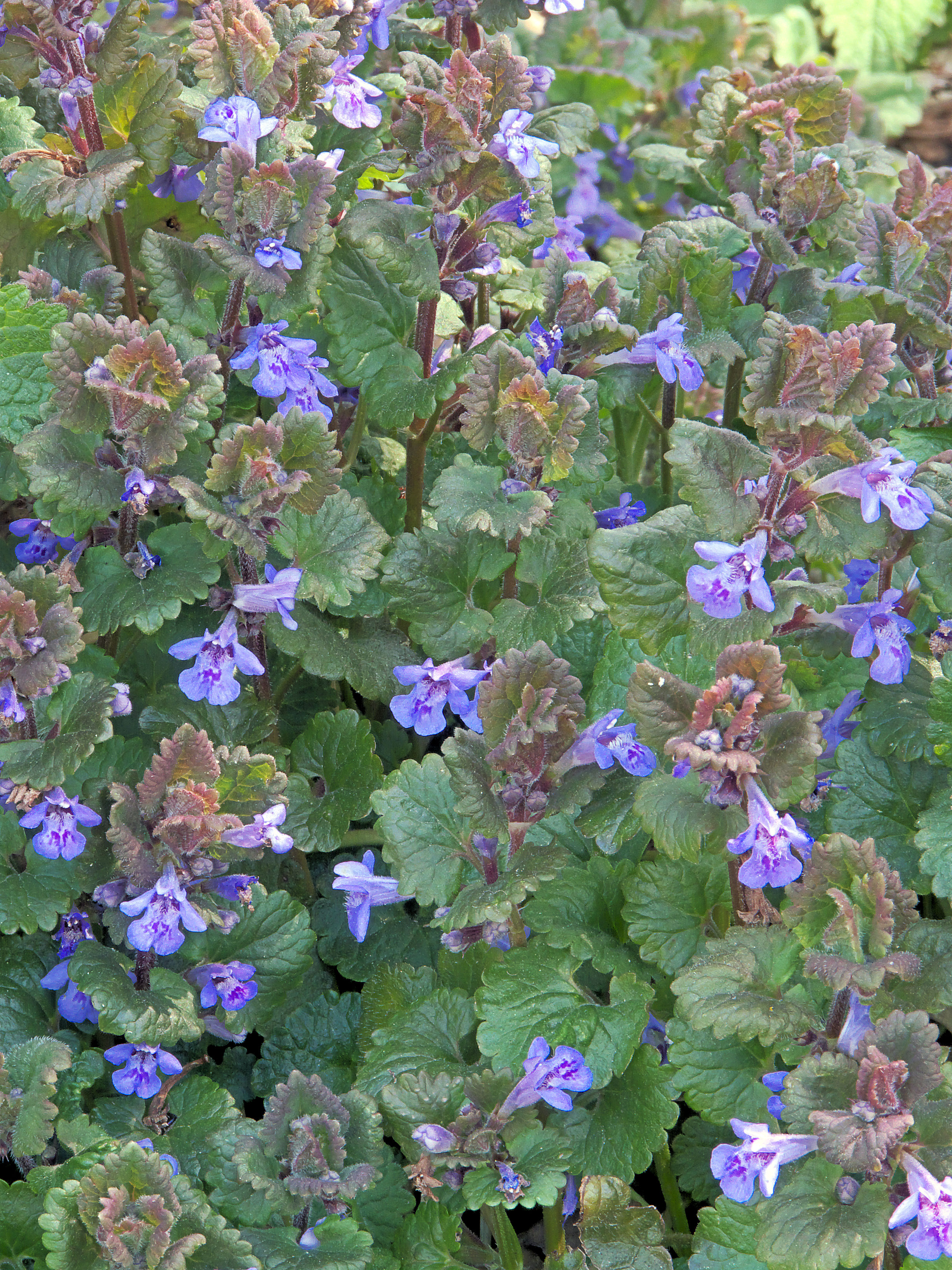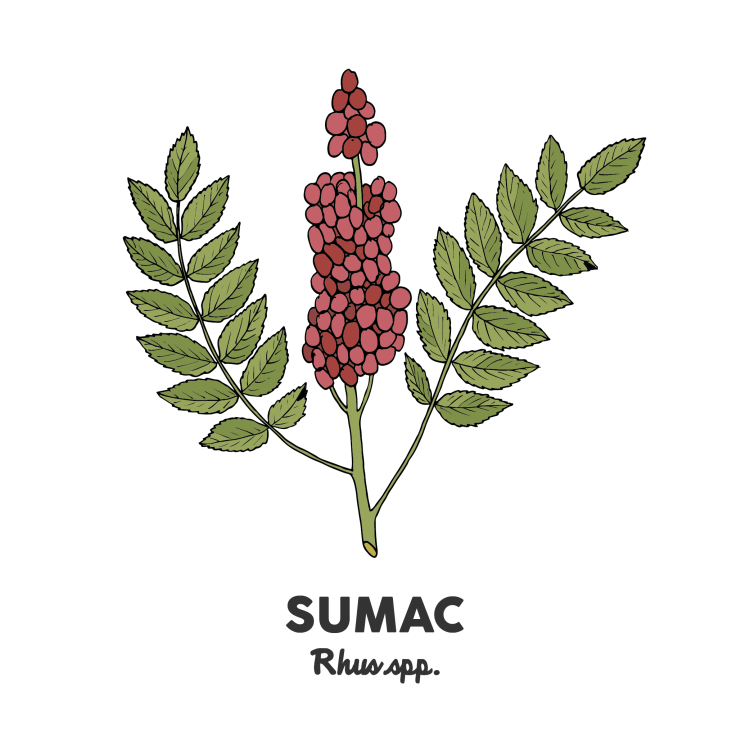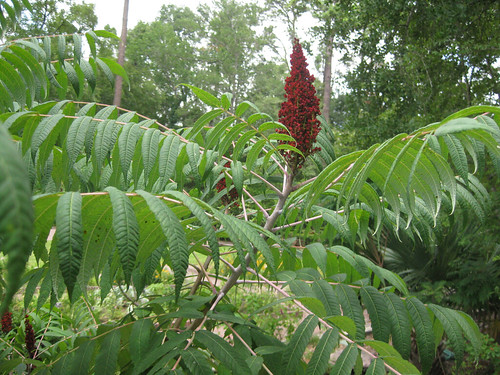
Five Easy Edible Wild Plants
Let’s start you on the road to foraging with five easy-to-identify, easy-to-use, edible Georgia plants. Hopefully, their flavor will draw you deeper into the world of free, wild food!
Wood Sorrel – Oxalis spp.

All parts of wood sorrel have a tangy, lemon-like flavor that jazzes up everything from sandwiches and wraps to fire-cooked fish. Their three heart-shaped leaflets make most people mistake them for clovers, but clover leaves are round or oblong, regardless of what you see in drawings of shamrocks (which are also members of the Oxalis species). The deeper into the woods you travel, the larger these heart leaflets become, as do their purple, 5-petal flowers.


Ground Ivy – Glechoma hederacea

Growing along woodland borders, the flavor of this wild, invasive mint is somewhat hops-like. Use a few of the younger leaves to punch up your soups, stews, or other sauces, as well as for tea. Like all mints, the ground ivy stem is square, but it also lays down roots wherever leaf nodes touch the ground. Its somewhat kidney-shaped leaves are opposite-alternating along the stem, have scalloped edges, and are covered in fine hairs.


Cranefly Orchids – Tipularia discolor
Yes, Georgia woods contain orchids. This one is easily found growing in shaded, damp soil of the deep woods. The 3-4 inch, somewhat spade-shaped leaves grow individually out of the ground. These leaves have parallel veins, a green top developing dark spots as they mature, and a purple underside. Digging them up reveals small, edible tubers attached to the roots. Treat these tubers like tiny potatoes.


Greenbrier -Smilax spp.

Most bushcrafters have little use for the thorny, clothing-tearing vines of greenbrier and the pain it causes when bushwhacking through the underbrush. Different species of Smilax will have different thicknesses, but they’ll all have alternating leaves with palmate veins. Beneath each leaf will be two tendrils. The tender tips of greenbrier look and taste somewhat like asparagus. The thicker, the better! Snap off the tip and eat it raw, grilled, roasted, in sandwiches, and more!


Sumac – Rhus spp.

No, not swamp-loving “poison sumac” Toxicodendron vernix, which is actually a medium-sized tree with white berries in dispersed clusters. The edible Rhus species are small trees preferring woodland borders and country roadside. Their brown bark is smooth but spotted with darker dots. Leaves are compound whose leaflet edges are serrated, and veins are pinnate. Each branch ends in a conical cluster of small, dark red, fuzzy, tightly packed berries. These berries are coated with tart, white crystals that make both a delicious lemonade if soaked in water and a wonderful Mediterranean spice if ground up and added to meat or vegan dishes. Do NOT wash the berries before use, as that’ll remove the water-soluble crystals responsible for the flavor.


The wood sorrel, and ground ivy are available any time snow isn’t covering the ground. Greenbriar vine tips are a spring and summer food. Cranefly orchid tubers and sumac berries are a summer-fall addition to your meals. None of these plants have dangerous mimics, and they are easily incorporated into all sorts of dishes, making them excellent wild foods for inexperienced foragers.



